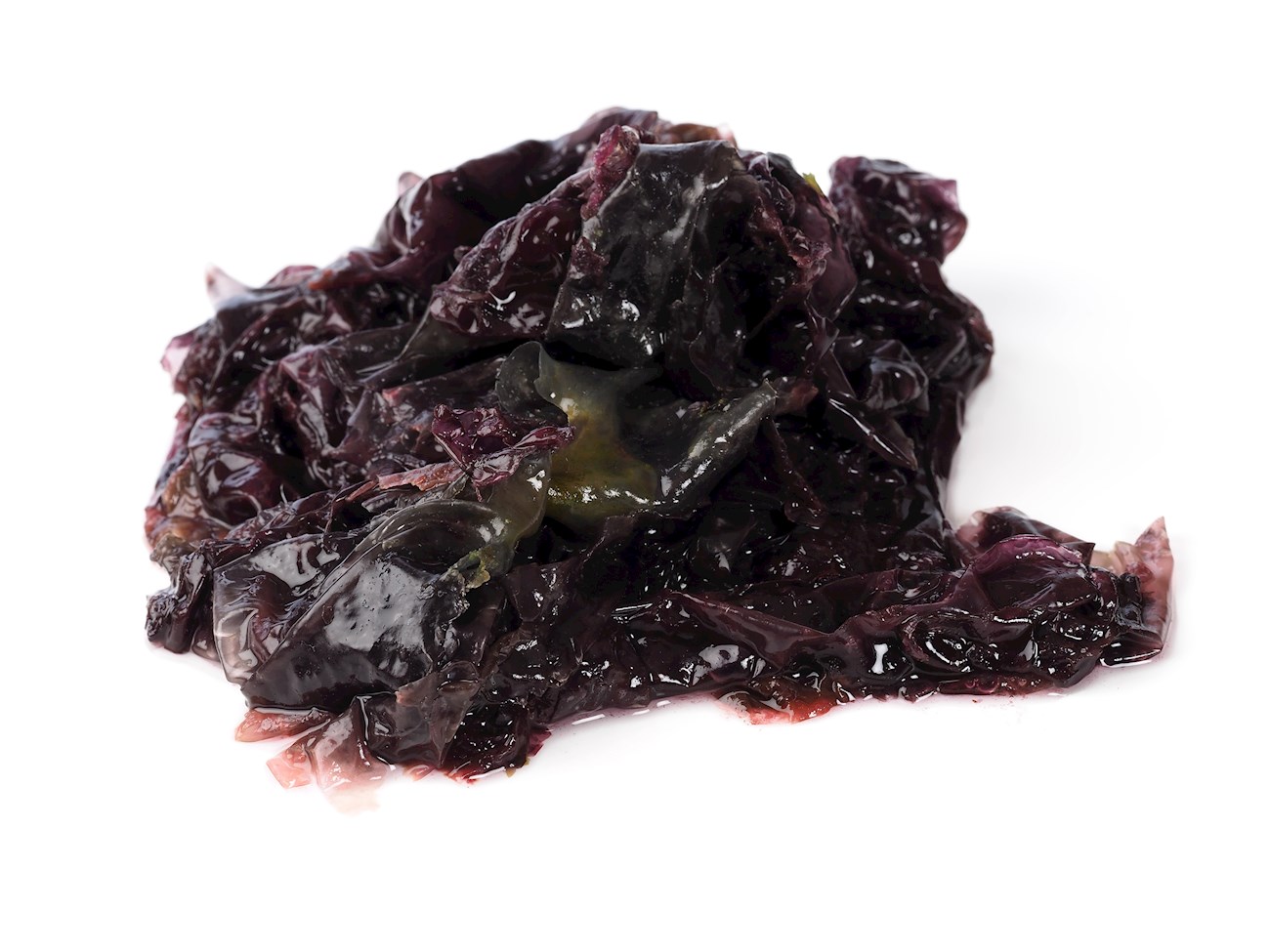Best Oceanian Alga Types
Indigenous to Fiji, nama is a type of edible seaweed mainly harvested in pristine, shallow waters. Because of its unique shape, formed of tiny, crunchy spheres, it is also known as sea grapes. In Fiji, it is commonly eaten raw, as a fresh vegetable or a garnish and is often combined with lemon juice, chili, and fermented coconut.
As it is considered a delicacy, it can be merely paired with coconut milk. Nama is also an important commercial produce, often sold at local markets.
Karengo is a type of edible seaweed, more precisely red algae of the Porphyra genus, which is indigenous to New Zealand. It ranges from dark green to purple in color and has a firm texture and mild flavor. After it is collected at rough-water rocky coasts, it is sun or oven dried and can be incorporated into various dishes or used as a condiment.
The plain version is commonly eaten as a snack, while the flakes are mainly used as a food supplement. Recent research has shown that there are more than 35 different species of karengo in New Zealand, and most still do not have scientific names.
Lumi karo is a lesser-known type of seaweed delicacy from Gau Island in Fiji, belonging to a family of various Lumi seaweed delicacies from the region. It belongs to the algae species Acanthophora. This particular type of Lumi is found on shores, lagoons, and reefs and is characterized by its prickly (karo) and brittle texture, with a greenish-yellow color.
Lumi karo is traditionally boiled in lemon-infused water and served with root crops such as dalo (taro) or tapioka (cassava), often accompanied by chilies and salt. It is less commonly cooked with coconut cream compared to other Lumi varieties.
Lumi cevata is a type of edible seaweed from Fiji, specifically from the island of Gau. It's made from Hypnea Pannosa seaweed, commonly found in saltwater lagoons. The name "cevata" refers to its congealed state after cooking, which resembles a pie, and thus, it is sometimes called lumi pai (lumi pie) in parts of Fiji.
This congealed texture is achieved by cooking the seaweed with coconut cream. The traditional preparation involves cooking the lumi cevata in coconut cream, resulting in a dish known as vakalolo, which refers to any food cooked in coconut cream (lolo).
Lumi boso is a type of edible seaweed from Fiji belonging to the Enteromorpha species. It is prepared by cleaning and lightly squishing the seaweed to remove water, a process known in Fijian as boso/bosoka or bosoraka. Lumi boso can be served either raw or cooked.
When served raw, it is often accompanied by miti, a coconut condiment sometimes enhanced with lemon juice, salt, and onions. If cooked, lumi boso is typically chopped and cooked with coconut cream to be used as a supplement to vegetables or greens.
In Fiji, lumi generally refers to a variety of edible seaweed delicacies. These delicacies are made with a range of seaweed species, each with unique tastes and textures. Different types of lumi are found throughout the islands, with some areas like the island of Gau being particularly known for them.
These seaweeds are integral to local cuisine and are prepared in various ways, often served with coconut-based sauces, lemon juice, or as accompaniments to dishes such as root crops and fish.
TasteAtlas food rankings are based on the ratings of the TasteAtlas audience, with a series of mechanisms that recognize real users and that ignore bot, nationalist or local patriotic ratings, and give additional value to the ratings of users that the system recognizes as knowledgeable. TasteAtlas Rankings should not be seen as the final global conclusion about food. Their purpose is to promote excellent local foods, instill pride in traditional dishes, and arouse curiosity about dishes you haven’t tried.



